Bacterial Genomics: Genome Organization and Gene Expression Tools
The study of bacterial genetics has revolutionised with the development of genome sequencing, which let us catalogue the gene content of various clinically and industrially important bacteria and opened up the field of comparative genomics. The research findings on bacterial genetics were further enhanced by the development of allied techniques that allowed interrogation of the interactions and functions of the many components of the genome. These developments accelerated with the widespread adoption of quantitative deep-sequencing approaches. This process allowed both comparative and functional genomics on an unprecedented scale by presenting powerful tools to investigate multiple layers of bacterial adaptation and evolution. This book presents the application of genomic tools to examine bacterial adaptation. The emphasis is on data analysis and interpretation. Much of the material is drawn from the recent, primary literature, which is the most powerful tool in the cutting-edge and fast-growing field of bacterial research.
{{comment.content}}
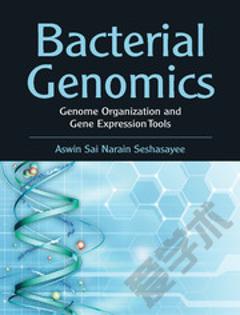
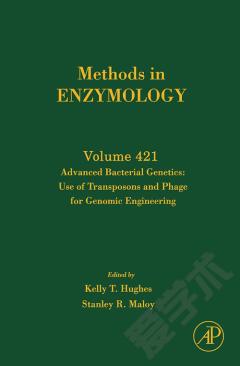

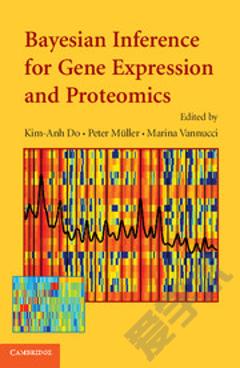

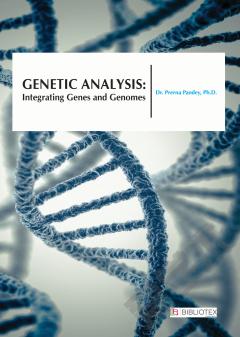
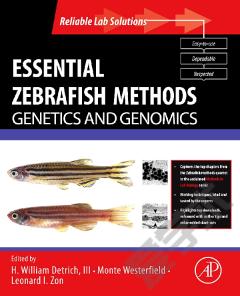

 京公网安备 11010802027623号
京公网安备 11010802027623号